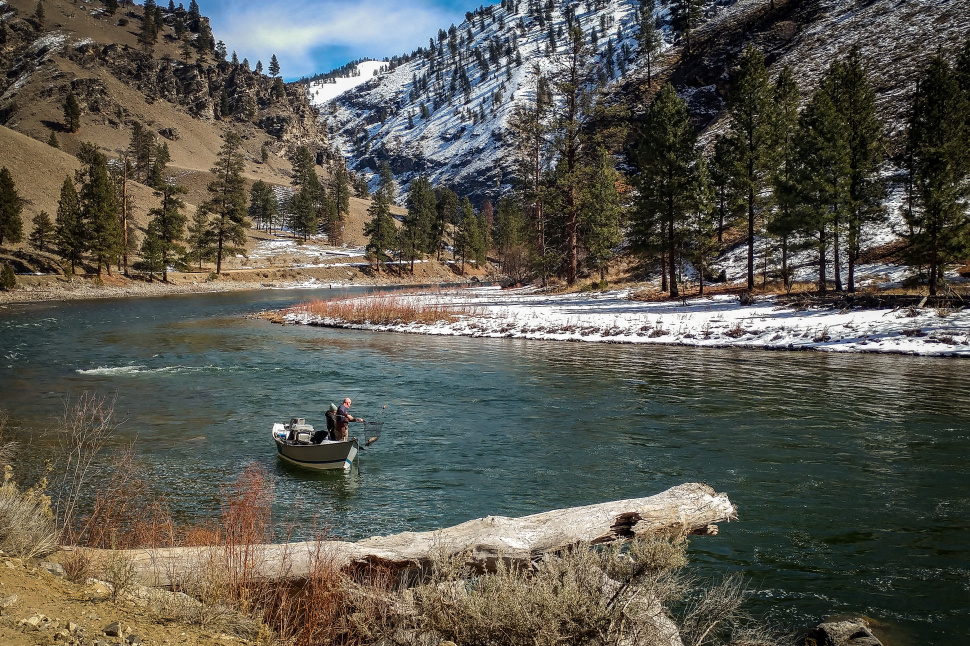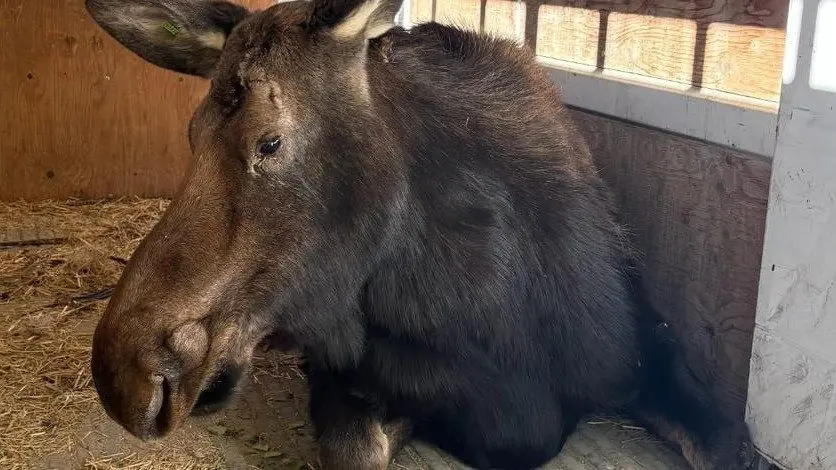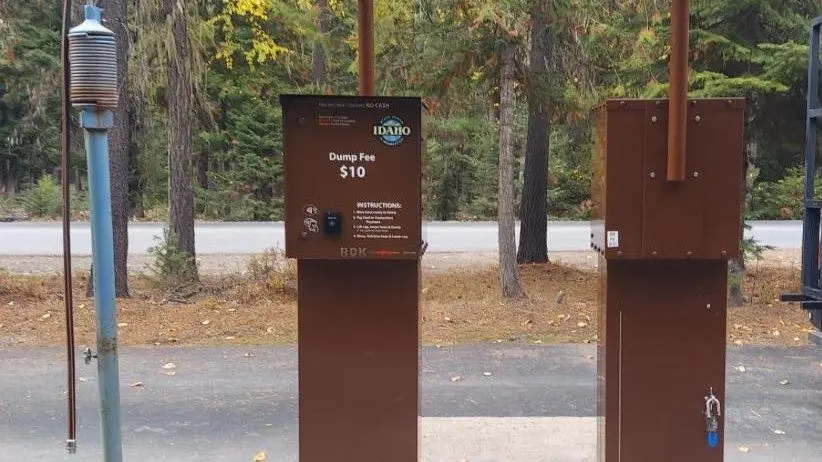Nearly every year, there is a boating accident in Idaho involving duck hunters or winter anglers.
Nearly every year, there is a boating accident in Idaho involving duck hunters or winter anglers. With water temperatures just above freezing, these accidents can tragically result in a fatality. In the past 10 years nearly 67 percent of the fatal boating accidents in Idaho were the result of victims falling into the water from small boats.

Be sure to follow all of Idaho’s boating laws and practice these safety measures the next time you’re out on the water:
- Always wear life jackets while on the water, especially when in transit or when the weather gets rough. Small boats combined with limited visibility and high winds can be hazardous. Idaho boating laws requires all vessels to have at least one properly sized life jacket for each person on board. Remember: Life jackets only work if they are worn.
- If you’re running a motorized boat in the dark, or in periods of restricted visibility such as fog or heavy rain, you’re required to have a running light.
- Be prepared for changes in the weather, and dress accordingly.
- When floating a section of river to jump shoot or hunt over decoys, give yourself plenty of time. An upstream wind can slow your progress, even in a flowing river.
- Leave the alcohol at home. Alcohol makes a person more susceptible to hypothermia, interferes with their ability to swim and impedes quick decision making in an accident.
- Do not be afraid to cancel the trip if the weather turns bad.

Wading can be treacherous, too
Waterfowl hunters and anglers are often wading while they’re hunting and fishing, and wet rocks with a glaze of ice can be a doubly slippery and lead to an unexpected dip in frigid water. Winter is good time to wear neoprene waders, which are warmer and float better than standard fishing waders, and everyone is encouraged to wear a belt to keep bone-chilling water from quickly filling their waders.
In conclusion
Waterfowl hunting is a great way to get outdoors during the fall and winter. Good preparation and following basic guidelines can assure the outing is a safe one.
Be sure to renew your annual invasive species sticker if you’re planning on boating after Jan. 1.
Learn more about Idaho boating laws and safety guidelines by attending a free boating safety class offered throughout the year by the Idaho Department of Parks and Recreation. To see if there are any upcoming classes in your neck of the woods, check out Parks and Recreation’s Boating webpage.




